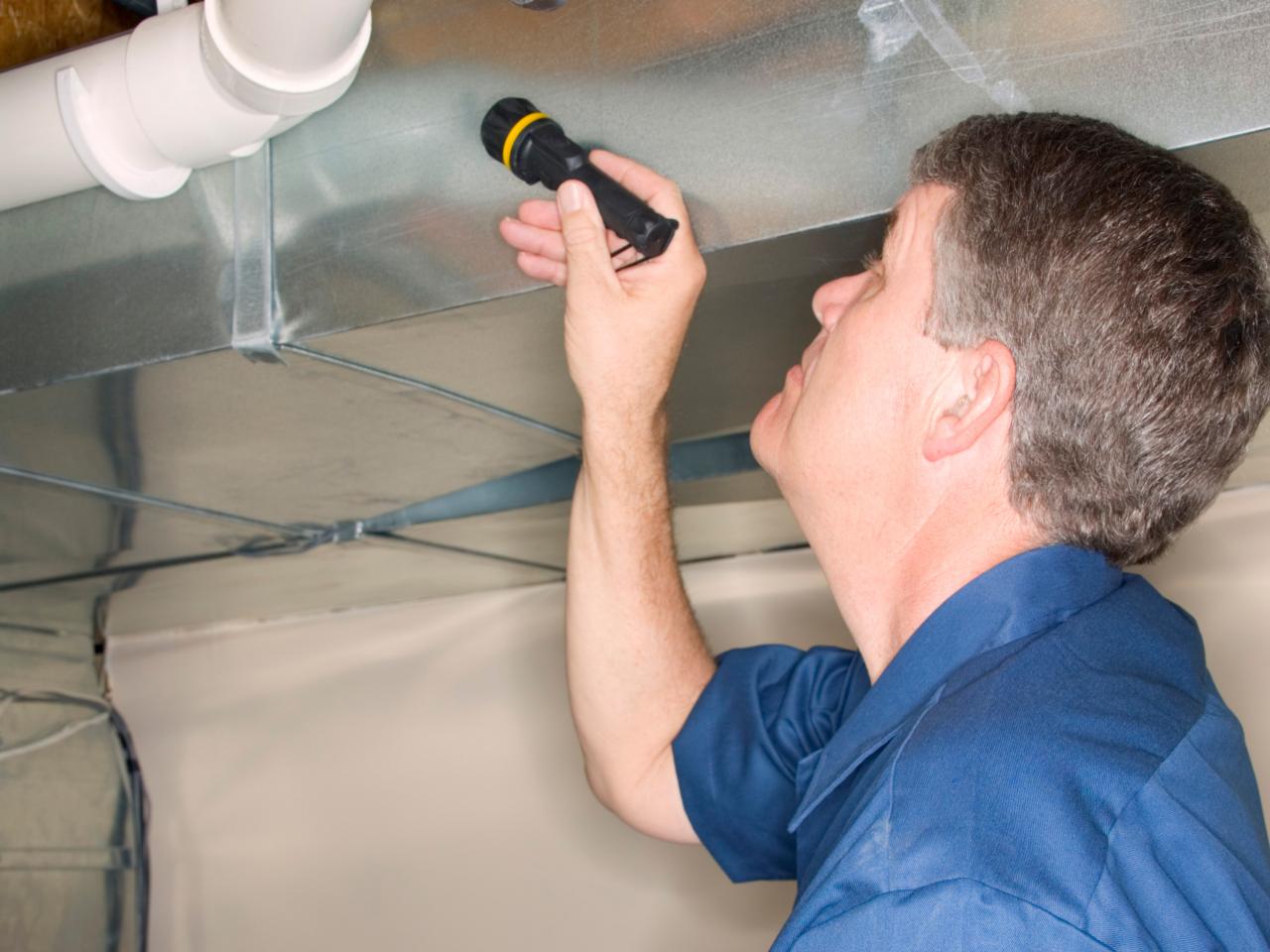Comprehensive Post Mold Remediation Procedures
Comprehensive Post Mold Remediation Procedures
Blog Article
Your Ultimate Overview to Message Mold Removal Techniques
In the results of mold invasion, knowing just how to properly get rid of the mold and mildew and stop its reoccurrence is critical for preserving a healthy indoor setting. From selecting the ideal cleansing and sanitizing methods to applying strategies for long-term mold and mildew avoidance, each step in the remediation trip plays a crucial function in ensuring a successful outcome.
Comprehending Post-Mold Removal Refine
After finishing the mold and mildew remediation procedure, it is critical to comprehend the post-mold remediation techniques that are essential to make sure a reliable and extensive cleanup. When the mold and mildew has actually been eliminated, the following step entails cleansing and disinfecting the impacted locations to stop any regrowth of mold.
In addition, carrying out a last inspection post-remediation is essential to guarantee that all mold and mildew has been effectively eliminated. This examination ought to entail a detailed visual check in addition to possibly air sampling to verify the lack of mold spores airborne. Added removal may be required if the assessment reveals any kind of sticking around mold and mildew. Finally, informing passengers on safety nets such as managing wetness degrees and promptly attending to any kind of water leakages can aid maintain a mold-free environment.
Efficient Cleaning Up and Sanitizing Techniques

Protecting Against Future Mold And Mildew Growth

Significance of Proper Air Flow
Correct ventilation plays a crucial duty in stopping wetness buildup, a vital variable in mold development within interior settings. Reliable ventilation systems aid get rid of excess humidity from the air, reducing the possibilities of mold spores discovering the moisture they need to spread out and germinate. Without ample air flow, indoor rooms can end up being a breeding place for mold, leading to potential health dangers and structural damage.
By ensuring correct air circulation, air flow systems can additionally assist in drying damp locations much more promptly after water damage or flooding events, even more hindering mold and mildew development. what to do after mold remediation. Precede like restrooms, attic rooms, cooking areas, and cellars where dampness degrees tend to be higher, mounting and preserving efficient air flow systems is vital in avoiding mold and mildew infestations

Tracking and Maintenance Tips
Given the critical duty that appropriate ventilation plays in avoiding mold and mildew development, it is essential to establish reliable tracking and maintenance pointers to make sure the continued functionality of air flow systems. Routine evaluations of air flow systems ought to be conducted to check for any kind of indications of clogs, leaks, or breakdowns that might hamper proper air flow. Monitoring moisture levels within the building is likewise remove mold from refrigerator seal important, as high humidity can add to mold development. Setting up a hygrometer can aid track humidity degrees and sharp property owners to any spikes that might call for interest. Additionally, guaranteeing that air filters are on a regular basis cleaned or changed is essential for preserving the performance of the air flow system. Carrying out a schedule for regular maintenance tasks, such as air duct cleaning and a/c system inspections, can assist avoid issues before they intensify. By remaining mindful and aggressive to the condition of ventilation systems, residential or commercial property proprietors can properly minimize the risk of mold regrowth and preserve a healthy and balanced interior setting.
Conclusion
To conclude, post-mold remediation strategies are crucial for making certain a risk-free and clean setting. Comprehending the process, applying reliable cleansing and sanitizing methods, protecting against future mold and mildew development, keeping appropriate ventilation, and normal tracking are all important action in the removal process. By adhering to these standards, you can successfully remove mold and stop its return, advertising a healthy living or functioning area for all residents.
In the aftermath of mold and mildew infestation, understanding how to properly remove the mold and mildew and avoid its reoccurrence is paramount for maintaining a healthy and balanced indoor setting. Once the mold and mildew has been removed, the following action involves cleansing and disinfecting the influenced areas to prevent any type of regrowth of mold and mildew - what to do after mold remediation. After removing visible mold and mildew development, it is important to cleanse all surface areas in the damaged area to get rid of any kind of remaining mold hop over to here spores. To better enhance mold prevention procedures, it is essential to deal with underlying problems that at first led to mold and mildew development.Given the vital duty that correct air flow plays in avoiding mold growth, it is imperative find more to establish efficient surveillance and upkeep tips to guarantee the continued performance of ventilation systems
Report this page